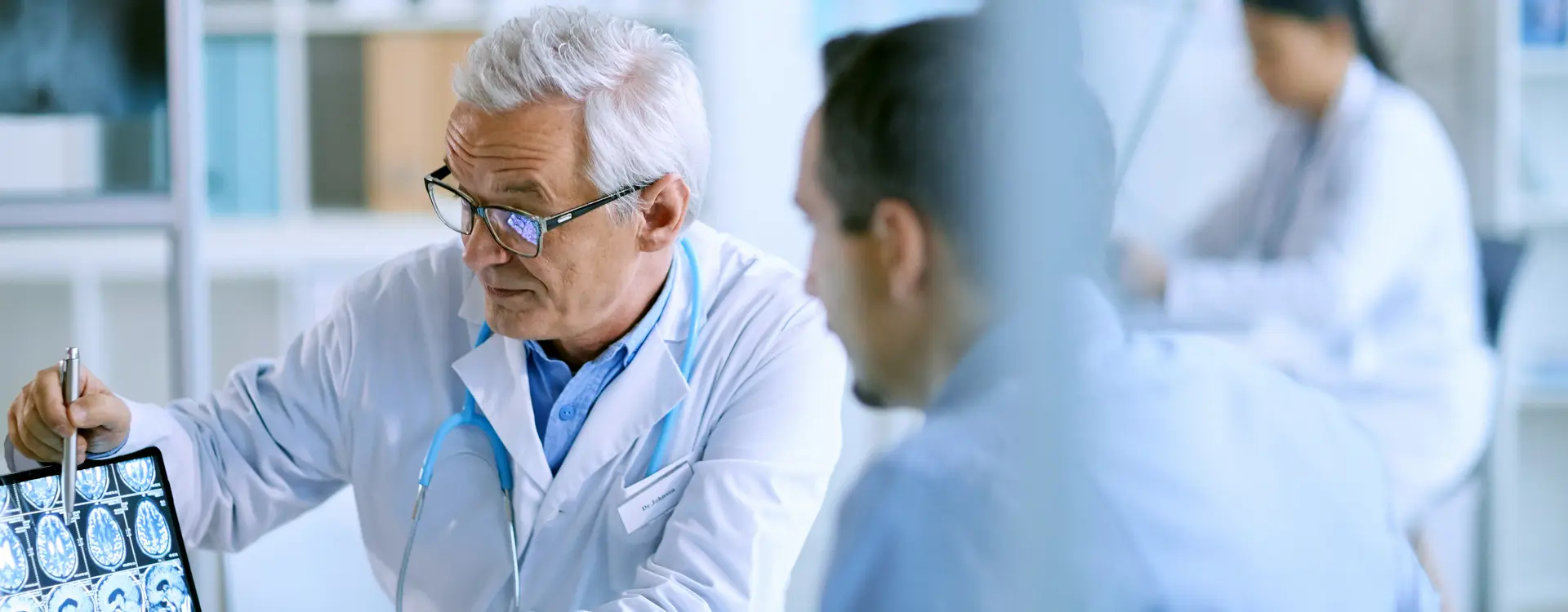About the project
The main goal of the already completed RACOON-COMBINE project was to develop and implement a pipeline for the extraction of COVID-specific, predictive and prognostic quantitative imaging biomarkers (C-QIBs) to enable comprehensive phenotyping not only of the disease but also of the patient, i.e. their physical condition and comorbidities. The predictive and prognostic information provided by C-QIBs will not only improve (i.e. individualise) patient treatment, but also improve our understanding of the different COVID-19 disease patterns and disease-specific organ crosstalk.
This project was the first use case of the RACOON infrastructure and followed the same integrative, participative and synergetic concept that characterises RACOON. RACOON-COMBINE brought together all 38 NUM partner sites and built on the established RACOON infrastructure. RACOON-COMBINE initially aimed to expand the current stock of available image data from all partner sites. Furthermore, additional thorax image datasets obtained since the first wave of COVID-19 infections were included. In addition, paediatric imaging, neuroimaging and cardiovascular imaging were included as an innovation compared to RACOON. Based on this expanded database, imaging biomarkers (IB) were selected that a) are essential for the classification of the individual COVID-19 disease burden (spectrum and severity of organ involvement) and b) reflect the pre-existing metabolic, cardiovascular and pulmonary health of the individual patient. Finally, COVID-specific imaging features were analysed for their predictive value for patient outcome. Statistical and machine models for individual disease prediction and prognosis were trained. In the final phase of the project, standardised workflows for the automatic and manual extraction of relevant C-QIBs were rolled out to all RACOON nodes.




